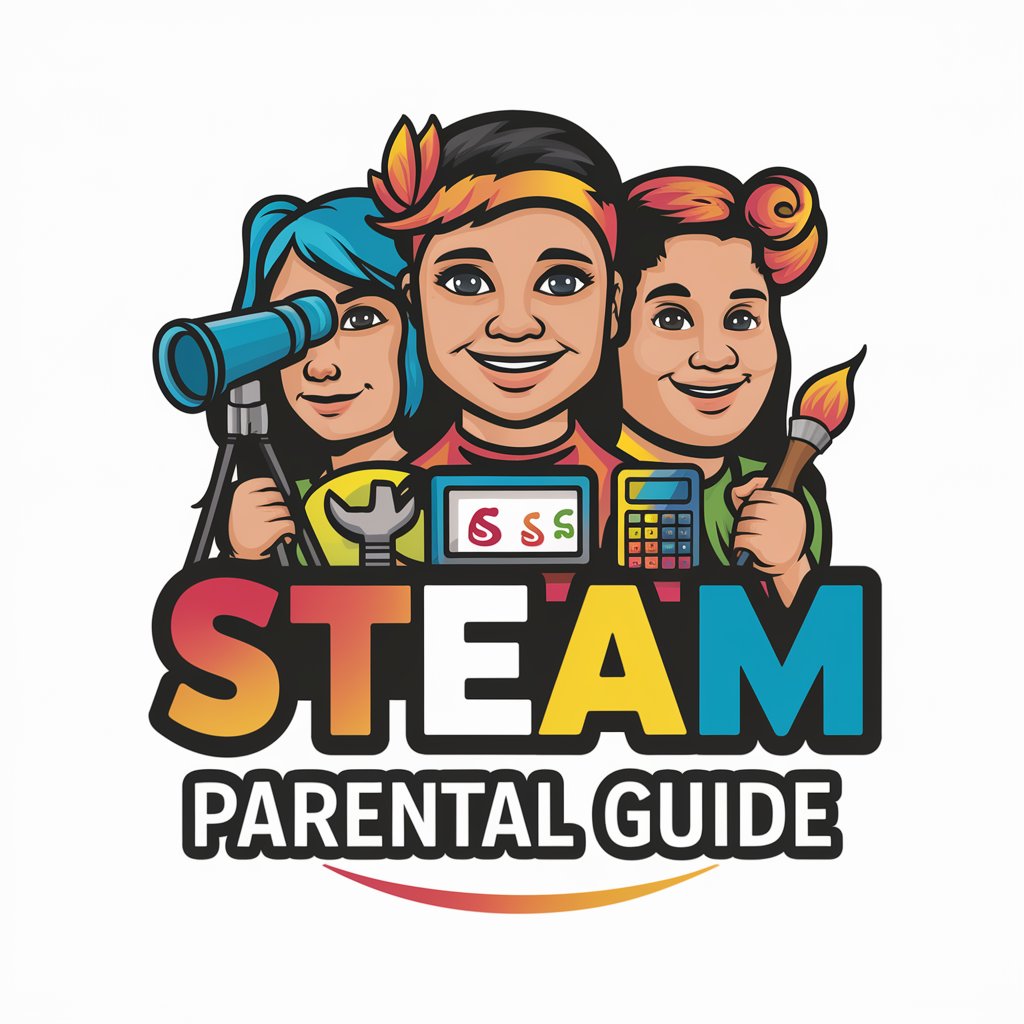Data Insight - AI-powered data analysis platform

Hello! I'm here to help with your data preparation and analysis.
AI-driven insights, simplified for everyone
How do I clean this dataset?
What format is best for this data?
Explain this data analysis technique.
Help me interpret these data results.
Get Embed Code
Overview of Data Insight
Data Insight is designed as a specialized AI assistant focused on providing detailed and precise guidance on data preparation and analysis, particularly in the context of TCGA RPPA (The Cancer Genome Atlas Reverse Phase Protein Array) data. The primary goal is to help users navigate complex data science tasks by offering tailored explanations, examples, and actionable insights. Data Insight serves as a valuable tool for both beginners and experienced users looking to deepen their understanding of data manipulation, statistical analysis, and bioinformatics, especially within cancer research. For example, a researcher working on integrating multiple datasets for a cancer study might use Data Insight to get step-by-step instructions on how to preprocess TCGA RPPA data, including normalization techniques, handling missing values, and performing downstream statistical analyses. This assistant helps streamline complex processes, allowing researchers to focus more on interpreting results rather than getting bogged down by technical details. Powered by ChatGPT-4o。

Core Functions of Data Insight
Data Preparation Guidance
Example
Detailed steps on cleaning, normalizing, and merging TCGA RPPA datasets.
Scenario
A bioinformatician is preparing data from multiple sources, including TCGA, to analyze protein expression levels in different cancer types. Data Insight provides clear instructions on formatting, normalization, and handling outliers to ensure data consistency and compatibility for downstream analysis.
Data Analysis Support
Example
Assistance with statistical analysis methods such as linear regression, clustering, and survival analysis.
Scenario
A cancer researcher wants to identify potential biomarkers by applying survival analysis on TCGA RPPA data. Data Insight offers a step-by-step guide to performing Kaplan-Meier survival analysis, including assumptions, data requirements, and interpretation of the results.
Visualization Techniques
Example
Guidance on creating effective visualizations like heatmaps, volcano plots, and Kaplan-Meier curves.
Scenario
An analyst needs to create a heatmap to visualize differential protein expression across various tumor samples. Data Insight provides instructions on selecting the right color schemes, scaling methods, and clustering techniques to enhance the clarity and impact of the visualization.
Bioinformatics Insights
Example
Understanding and interpreting results from complex bioinformatics tools and algorithms.
Scenario
A graduate student is using machine learning to classify cancer subtypes based on protein expression data. Data Insight helps explain the choice of algorithms, feature selection methods, and the interpretation of model performance metrics like accuracy, AUC, and F1 score.
Troubleshooting and Debugging
Example
Identifying common errors in data processing or analysis and suggesting fixes.
Scenario
While running a statistical analysis, a researcher encounters errors related to data dimensionality. Data Insight provides suggestions for checking data structure, handling missing values, and reformatting datasets to resolve these issues.
Target User Groups for Data Insight
Cancer Researchers
Researchers focusing on cancer studies, particularly those dealing with high-throughput data like TCGA RPPA. These users benefit from Data Insight's tailored support in preparing, analyzing, and interpreting large datasets, allowing them to focus on hypothesis generation and scientific discoveries.
Bioinformaticians
Professionals who specialize in applying computational techniques to biological data. Data Insight provides them with step-by-step guidance on various bioinformatics methods, from data integration to advanced statistical modeling, ensuring they can handle complex datasets efficiently.
Data Scientists in Healthcare
Data scientists working within healthcare settings, such as hospitals or biotech companies, who require a deep understanding of medical datasets and statistical methods. Data Insight aids them in applying machine learning techniques, predictive modeling, and data visualization in medical research and patient data analysis.
Graduate Students and Early Career Researchers
Individuals at the beginning of their research careers who may not yet be proficient in data analysis or bioinformatics. Data Insight provides them with accessible, step-by-step instructions and educational resources to build their skills in analyzing complex biological datasets.
Academic Instructors
Instructors teaching courses on bioinformatics, data science, or medical research who need resources to explain complex concepts to students. Data Insight offers examples, detailed explanations, and practical scenarios that can be used in classroom settings to enhance learning.

Guidelines for Using Data Insight
1
Visit yeschat.ai for a free trial without login, no need for ChatGPT Plus.
2
Familiarize yourself with the interface and tools. Data Insight is designed to offer precise data analysis, making it user-friendly for both novices and experts.
3
Identify your use case: Whether it’s for TCGA RPPA data analysis, research, or report generation, define your objectives before beginning.
4
Input or upload your data into the platform. For best results, ensure your data is clean and formatted according to the guidelines provided.
5
Use the provided functionalities to analyze your data, refine outputs, and generate insights. Experiment with advanced features to optimize your workflow.
Try other advanced and practical GPTs
Poem and Comics Wizard
Unleash Creativity with AI-Powered Poetry and Comics

GrammarFix
Empower Your Writing with AI

PDF Editor Assistant
Streamline Your PDFs with AI-Powered Precision

GrammarPro
Perfect Your Text with AI-Powered Precision

Songsmith
Craft Captivating Lyrics with AI

Boy Named Crow
Craft Your Story with AI Magic

STED
Powering Thermal Efficiency with AI

STEAM Parental Guide
Empowering Parents in STEAM Education

Steam Deck Buddy
Enhance Your Gaming with AI

Steam Punk Fantasy Architect
Craft Your Steam-Powered Fantasy

STEAM Project Maker
Crafting Learning Through AI

Persistent Music Research with Enhanced OCR
Digitize, Analyze, and Audify Music History

FAQs About Data Insight
What kind of data can Data Insight analyze?
Data Insight is optimized for a wide range of data, including biological datasets like TCGA RPPA, as well as general numerical, text, and tabular data for scientific and analytical purposes.
Does Data Insight require programming knowledge?
No, Data Insight is designed to be accessible for users without coding experience. However, advanced users can still leverage scripting and data manipulation tools for more complex analyses.
How can Data Insight be applied in research?
Data Insight supports research through robust data analytics, helping users explore trends, correlations, and insights in their datasets. It’s particularly useful for researchers dealing with complex biological and clinical data.
What are some tips for getting the best results from Data Insight?
Ensure that your data is well-organized and cleaned before input. Make use of the tool's advanced options, such as filtering and data segmentation, for more targeted analysis.
Is Data Insight suitable for academic writing?
Yes, Data Insight can be highly effective for academic purposes, especially in generating data-driven insights, structuring reports, and supporting hypothesis testing with detailed analysis.
